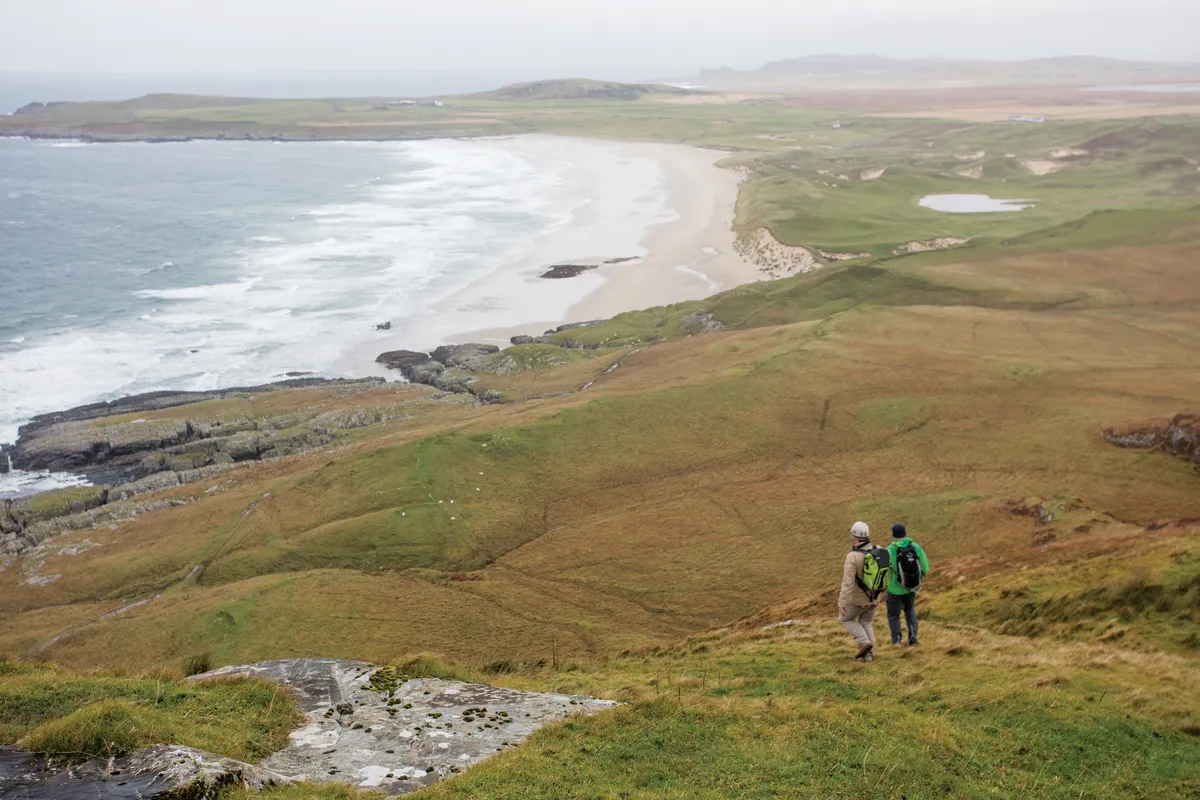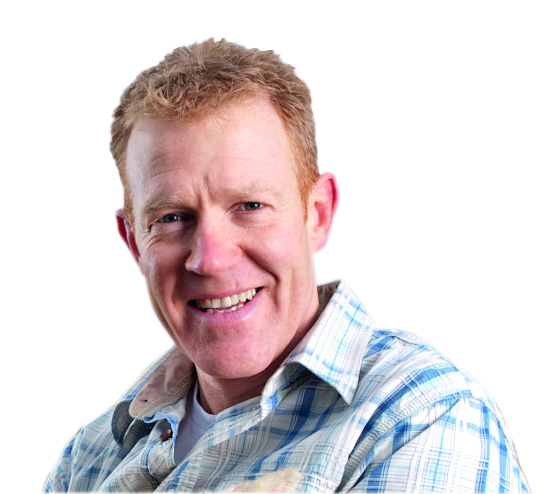I never thought I’d fall in love in my 50s. Don’t panic, I’m not having a midlife crisis! But I do have a new-found affection for Banrìgh nan Eilean or, as it’s better known, Islay.
Where is Islay?
This island off the Scottish west coast is called the Queen of the Hebrides and the Green Isle of Islay. After a holiday there last summer, I know why. It’s a place of utterly breathtaking scenery, unspoilt beauty and wide-open skies. As an added bonus, the weather there is surprisingly mild.
Yes, it can be windy and Atlantic gales are common, but the effects of the Gulf Stream mean the island is warmer than mainland Scotland, heavy frosts are rare and hours of sunshine are high. I was enchanted, particularly by the sandy beaches and sweeping bays, and with 130 miles of coastline, there are plenty of them. So I packed my short stay with plenty of beach walks and bike rides.
How big is Islay?
As islands go, Islay isn’t small. In fact, it’s the eighth-largest island in the UK, bigger than the Isle of Man. Scattered around the coast are a series of tiny, mainly uninhabited islands and skerries that have been put to all sorts of uses over the centuries. Lighthouses and monasteries were once built on the islets and, until recently, the largest isle, Mackenzie Island, was used for grazing cattle offshore.

Home for me is, and always will be, Gloucestershire. It’s a beautiful landscape, full of characterful buildings and I’ve always been fond of the local honey-coloured stone, which seems to glow even on the cloudiest days. But if I were forced to choose somewhere else to live, I’d pick the Hebrides in a heartbeat. Perhaps it’s something to do with the sense of wilderness, the sound of waves crashing on the shore and the fact that in the high landlocked Cotswolds, the sea is tantalisingly out of reach.
Those brief, blissful days on Islay have made me appreciate even more the people I’ve met and come to know over the years, who devote their lives to coastal farming. I’ll never forget visiting Su Illsley and her flock of rare Portland sheep on the Dorset isle where the ancient breed originated. She was so passionate about her livestock but also about the local landscape; grazing her charming, tan-faced Portlands on the southernmost point of England’s World Heritage Jurassic coast, surrounded by isolated bays and gentle coves.

At the opposite end of the UK, I met Kirstie and Aimee Budge. Who could fail to be impressed by these sisters, who took on the running of their family farm in Shetland after the sudden death of their dad, Bryden? It was humbling to meet such inspirational young women living in a unique location. They were raising cattle, breeding sheep and growing barley in sight of spotless white beaches with stunning views of St Ninian’s Isle, a quaint island tied to the mainland by a sandy causeway and famous for an abundance of wildflowers, ever-shifting sand dunes and its 12th-century chapel ruins.
Even more remote is Swona in Orkney, where we filmed the wild beef cattle that live on the deserted island. Rocks and rip tides didn’t make our landing an easy one – and that was on a calm day! At least we found the feral herd we’d set our hearts on seeing. I don’t know when I’ll return to Swona, Shetland, Portland or Islay – but I know it won’t be long before I’m somewhere on a shoreline again. The coast is calling me back.

